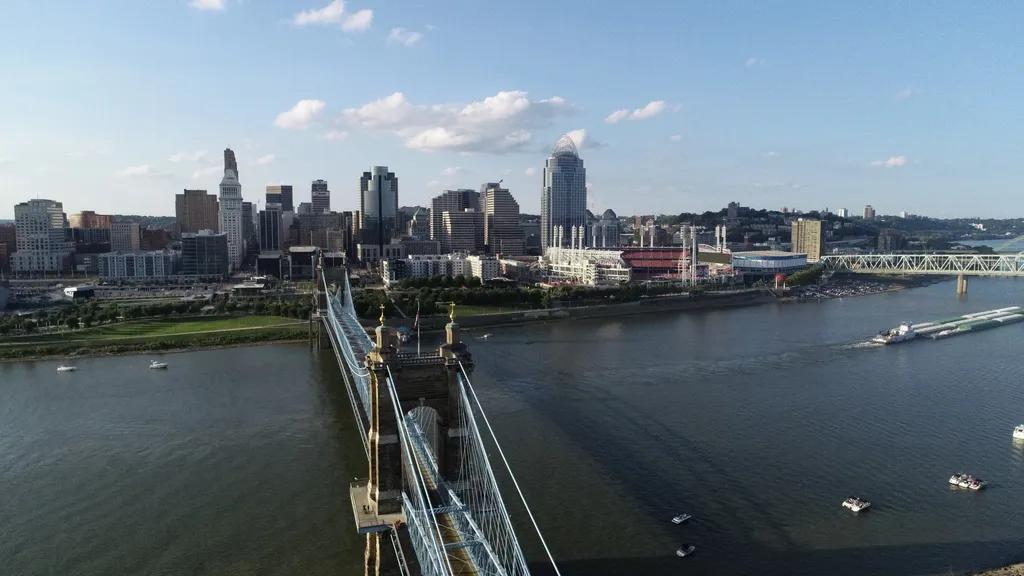Chimney leaks, whether they involve smoke or water, can be a frustrating and potentially damaging issue for homeowners. Understanding the causes and implications of these leaks is essential in identifying and resolving them effectively. In this article, we will delve into the intricacies of smoke and water chimney leaks, exploring common reasons for their occurrence and providing insights into how they can be prevented and remedied. By gaining a comprehensive understanding of these issues, homeowners can better protect their property and ensure the safety and functionality of their chimney system.
Table of Contents
- Common Causes of Chimney Leaks
- Signs of Smoke and Water Leaks in Chimneys
- Understanding the Dangers of Chimney Leaks
- Preventing and Repairing Chimney Leaks
- Q&A
- To Wrap It Up

Common Causes of Chimney Leaks
One common cause of chimney leaks is damaged flashing. Flashing is the thin pieces of metal installed to prevent water from seeping into the chimney where it meets the roof. Over time, flashing can become corroded or damaged, allowing water to enter the chimney and cause leaks. Checking and repairing damaged flashing is crucial in preventing chimney leaks.
Another common cause of chimney leaks is cracked chimney crowns. The chimney crown is the cement or mortar slab that sits at the top of the chimney. When the chimney crown becomes cracked or deteriorated, water can seep into the chimney and cause leaks. Regularly inspecting and maintaining the chimney crown can help prevent water damage to the chimney and surrounding areas. Remember, addressing these promptly can help prevent costly water damage to your home.
Signs of Smoke and Water Leaks in Chimneys
Smoke and water leaks in chimneys can be a common issue that homeowners face, causing potential safety hazards and structural damage if not addressed promptly. It is essential to recognize the signs of these leaks early on to prevent further complications.
Some common include:
- Smoke Backing Up: If you notice smoke entering your home instead of being safely directed outside through the chimney, this could indicate a leak.
- Water Stains: Water stains on the ceiling or walls near the fireplace can be a clear indication of a water leak in the chimney.
- Cracks or Deterioration: Visible cracks or deterioration on the chimney structure can allow smoke and water to seep into your home.

Understanding the Dangers of Chimney Leaks
Chimney leaks can pose serious risks to both your home’s structure and your family’s health. Smoke and water leaks can result from various issues, such as damaged flashing, cracked crowns, deteriorated brickwork, or a faulty chimney cap. Ignoring these leaks can lead to extensive water damage, mold growth, and chimney fires. It’s important to understand the dangers associated with chimney leaks and take immediate action to address them.
Smoke leaks can introduce toxic gases, like carbon monoxide, into your home, posing a significant health hazard to you and your loved ones. Water leaks, on the other hand, can cause structural damage to your chimney and surrounding areas, leading to costly repairs. By scheduling regular chimney inspections and addressing any leaks promptly, you can ensure the safety and integrity of your chimney system.

Preventing and Repairing Chimney Leaks
Common Causes of Chimney Leaks
Chimney leaks can be a frustrating problem for homeowners, as they can lead to water damage and even structural issues if left unchecked. Understanding the common causes of chimney leaks is essential for preventing and repairing them. Some of the most common reasons for chimney leaks include:
- Poor flashing installation
- Cracked chimney crown
- Deteriorated mortar joints
- Chimney cap issues
Preventing Chimney Leaks
Preventing chimney leaks starts with regular maintenance and inspections. Here are some tips to help keep your chimney leak-free:
- Inspect your chimney regularly for any signs of damage or wear
- Ensure your chimney cap is in good condition and securely in place
- Have your chimney flashing inspected and repaired as needed
- Consider waterproofing your chimney to help prevent leaks
Q&A
Q: What are common causes of chimney leaks?
A: Chimney leaks can be caused by a variety of factors, including deteriorating flashing, cracked bricks or mortar, damaged chimney caps, and poor chimney crown construction.
Q: How can smoke affect chimney leaks?
A: Smoke can worsen chimney leaks by carrying water vapor that can seep into cracks and openings, causing damage to the chimney structure and potentially leaking into the home.
Q: What steps can be taken to prevent chimney leaks?
A: Regular chimney inspections and maintenance, including repairing damaged flashing, sealing cracks in bricks and mortar, and installing a chimney cap, can help prevent chimney leaks.
Q: How can water leaks be identified in a chimney?
A: Signs of water leaks in a chimney can include water stains on the walls or ceilings, musty odors, or dampness around the fireplace or chimney structure.
Q: What are the potential consequences of chimney leaks if left untreated?
A: If left untreated, chimney leaks can lead to structural damage, mold growth, and even chimney fires. It is important to address chimney leaks promptly to prevent further damage to the chimney and the home.
To Wrap It Up
In conclusion, understanding the causes of smoke and water chimney leaks is crucial in maintaining the integrity and efficiency of your chimney system. By identifying and addressing any issues promptly, you can prevent further damage and ensure the safety of your home. Remember to consult a professional chimney sweep for proper inspection and maintenance to keep your chimney in top condition. Stay informed and proactive to keep your chimney functioning properly for years to come. Thank you for reading and stay diligent in protecting your chimney.


